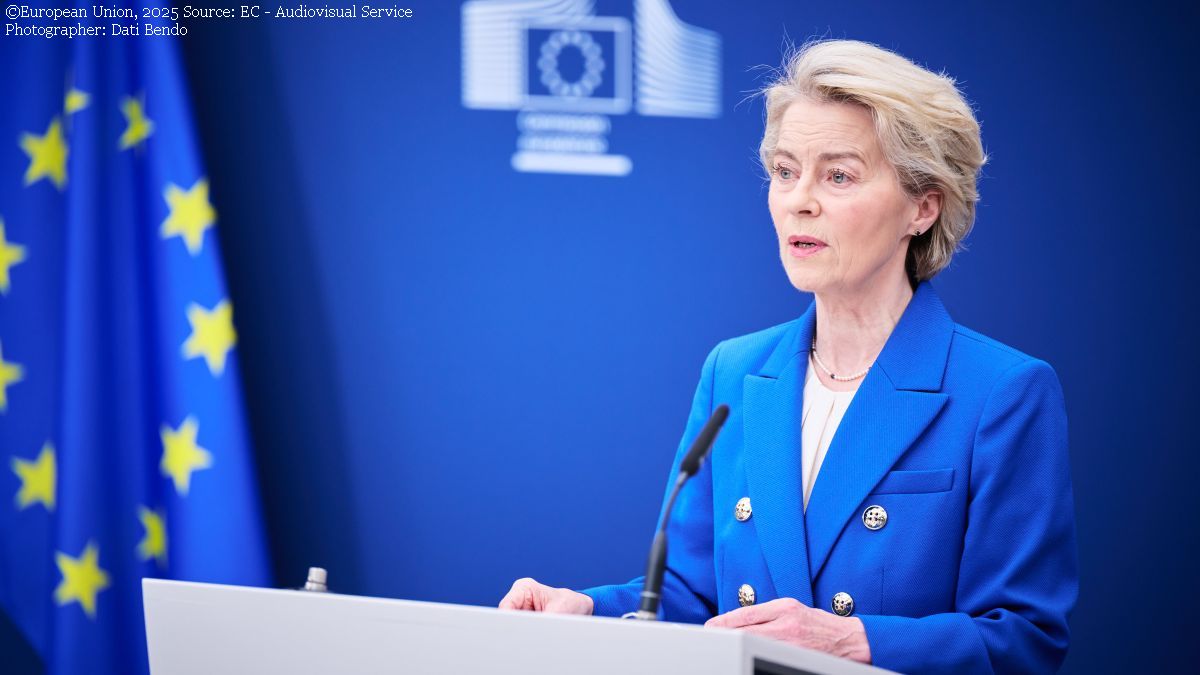European Economic Forecast
The European Commission improves its Eurozone economic growth estimates for 2015.
Warning: Trying to access array offset on null in /home/web/rri.ro/public/wp-content/themes/rri/template-parts/content.php on line 53

Warning: Trying to access array offset on null in /home/web/rri.ro/public/wp-content/themes/rri/template-parts/content.php on line 98
Corina Cristea,
06.05.2015, 13:08
The European Commission is optimistic with respect to the EU economy. Its spring forecast points to moderate growth in Member States, although the rate varies from one country to another. Brussels has improved its estimates regarding the Eurozone growth to 1.5% as against the 1.3% announced in February, whereas the forecast for the 19-member zone in 2016 remained constant at 1.9%.
The reason behind this optimism is that the Eurozone has benefited from the drop in oil prices, from the good global economic prospects, from the depreciation of the euro and the new monetary policy measures taken by the European Central Bank, all of which have boosted business confidence. The domestic demand is the main engine of the rise in GDP, and this year private consumption is expected to strengthen across the EU, while next year investments should start recovering, the Commission says.
Commenting on the figures, Valdis Dombrovskis, European Commissioner for the European currency and social dialogue said, “The recovery of Europes economies is strengthening. While this is encouraging, we have to make sure economic growth is lasting and sustainable.”
Contributing to the recovery is Germany, Europe’s largest economy, which is expected to grow by 1.9% this year and by 2% in 2016. Spain’s GDP is also likely to increase by 2.8% in 2015 and 2.6% next year. Experts say the economic growth will lead to lower unemployment rates, but also to an increase in inflation.
However, the European Commission has lowered its forecast for Greece to 0.5%, from the earlier 2.5% estimate. The Greek economy has worsened since the beginning of the year, the Commission warns, and that country still depends on foreign financial support.
For Romania, the expected economic growth rate remains strong, at 2.8% this year, fuelled by good private consumption and a recovery in investments. A more robust domestic demand, facilitated by the cut in indirect taxation, is expected to push Romania’s economy by a further 3.3% next year. Inflation should reach a record low level, and employment rates should improve for the first time since the onset of the economic crisis. The unemployment rate estimated for this year is 6.6%, possibly down to 6.4% next year. Private investments will also continue to grow, and so will public investment, thanks to the European funds. The European Commission’s spring economic forecast also indicates a budget deficit of 1.6% of the GDP for this year and 3.5% next year.






























